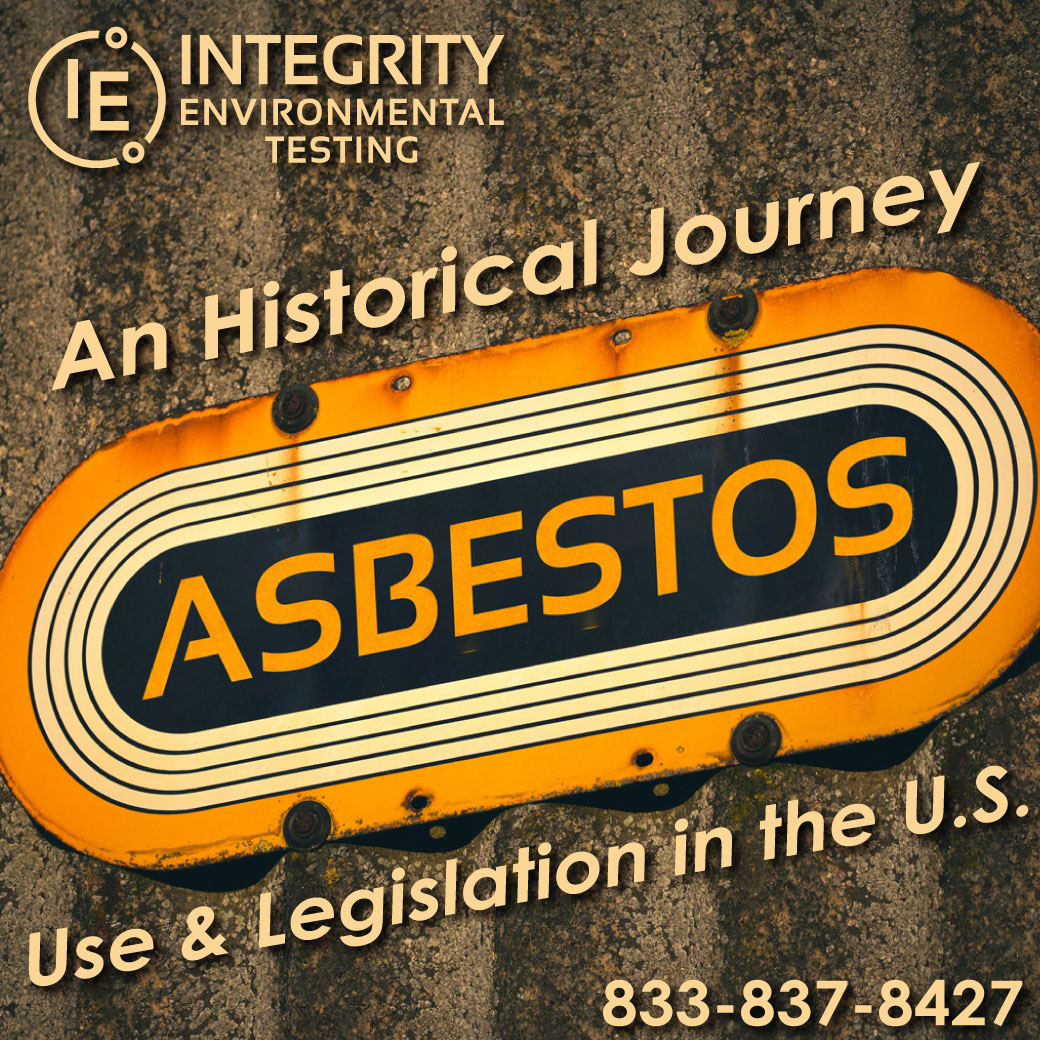EPA Actions to Protect the Public from Exposure to Asbestos
The history of asbestos use and legislation in the United States is a complex narrative marked by its widespread use, scores of people with illness and disease related to asbestos, and the subsequent efforts to regulate and mitigate its hazards. Let’s dive into this historical journey, tracing the evolution of asbestos use and legislation, alongside the EPA’s pivotal actions to safeguard public health.
1930s-1960s: The Rise of Asbestos and Early Warnings
During the 1930s, asbestos emerged as a popular construction and industrial material due to its versatility and durability. However, by this time, medical evidence had already linked asbestos exposure to deadly diseases. Despite this knowledge, many manufacturers chose not to disclose the health risks associated with asbestos, leading to continued widespread use.
1960s-1970s: Growing Awareness and Legislative Response
It wasn’t until the 1960s and 1970s that the health risks of asbestos garnered widespread public attention. Asbestos-related diseases, such as lung cancer and mesothelioma, typically manifest decades after exposure, making the dangers increasingly apparent. In response, the U.S. government enacted federal legislation to limit asbestos use and exposure, laying the groundwork for future regulatory actions.
1980s: Focus on Abatement and Calls for Bans
Throughout the 1980s, attention surrounding asbestos shifted towards abatement efforts aimed at encapsulating or removing asbestos from existing buildings. Simultaneously, calls for more stringent laws to ban the use of asbestos gained momentum as the public became increasingly aware of its hazards.
1990s-Present: Legislative Efforts and EPA Actions
In the following decades, legislative efforts continued to address the risks posed by asbestos. U.S. Senator Patty Murray sponsored bills aimed at banning asbestos use and raising awareness of asbestos-related diseases, highlighting the ongoing commitment to public health.
Meanwhile, the EPA played a crucial role in implementing measures to protect the public from asbestos exposure. From proposing bans on ongoing asbestos use to finalizing risk management rules, the EPA’s actions have been instrumental in mitigating asbestos-related health risks.
In April 2019, the EPA’s Restrictions on Discontinued Uses of Asbestos Rule further underscored its commitment to safety by preventing discontinued asbestos products from reentering the market without thorough evaluation and necessary restrictions.
In March 2024, the EPA finalized a risk management rule specifically targeting chrysotile asbestos, prohibiting ongoing uses of this carcinogenic mineral to safeguard against various asbestos-related diseases.
Proactive Measures and Regulations Mitigate Asbestos Use and Disposal
As we reflect on the history of asbestos in the U.S., it’s evident that proactive measures and stringent regulations are essential to protect public health. By learning from the past and prioritizing safety, we can continue to mitigate asbestos exposure and create a safer environment for all.
This writing is about the history of asbestos legislation. If you would like to know more about the history of asbestos related illnesses, see this resource from the National Library of Medicine.
More about the “ancient” history of asbestos.
For comprehensive asbestos testing services and expert consultation, trust Integrity Environmental Testing. Ensure compliance with Regulation 8 in Colorado and safeguard your home or renovation project from asbestos hazards. Contact us today for reliable and professional environmental testing services. 888-837-8424

